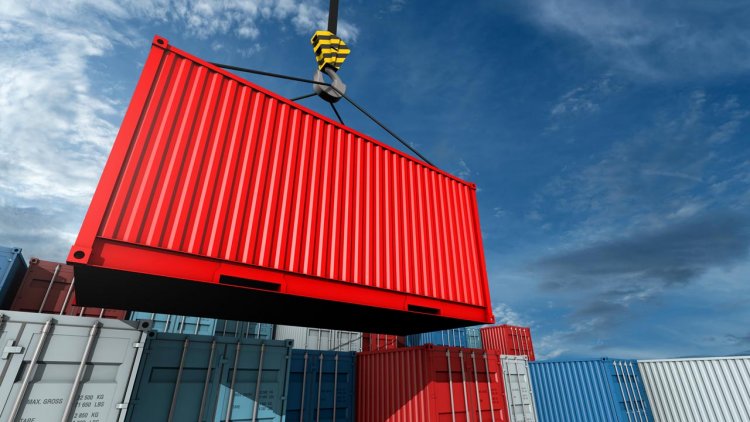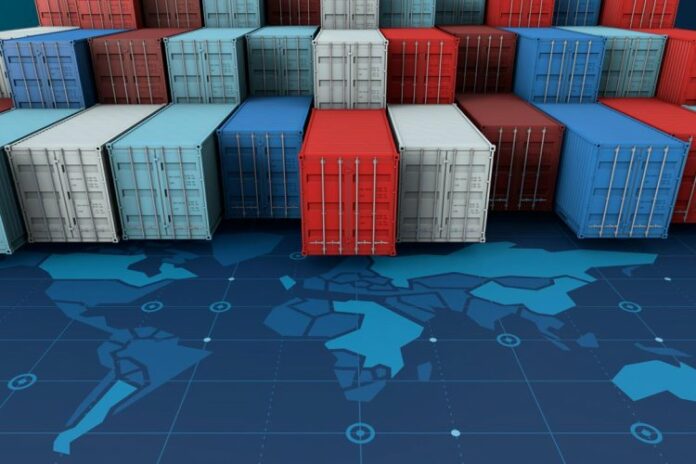About 90% of Ethiopia’s imports pass through Djibouti’s ports and a key focus of DPCS has been providing as much transparency and visibility as possible to the final customers who, of course, are in another country entirely.
First launched in July 2018, Djibouti Port Community System, an active member of IPCSA, covers the ports of SGTD Container Terminal (former DCT), Doraleh Multipurpose Port and the Port of Tadjourah. Before its implementation, all Djibouti ports, Customs and government agencies had their own separate systems. Since 2018, DPCS has developed rapidly.
Warsama Guirreh, CEO of DPCS, says:
“We have two main strategies driving our PCS implementation. Due to our location, we have about 30,000 vessels passing our coast every year; Djibouti Ports and Free Zones Authority is working to create an interconnected International Maritime Centre, investing in ports, in feeder services and in bunkering on the high seas, with the aim of attracting more liner services into our ports. Secondly, we are working to further improve the transit services provided to our neighbour, Ethiopia. The focus of our PCS has a lot to do with tracking and tracing; we have to provide as much transparency and visibility to the final customers as we can. After all, we have seen more than US$1.2 billion of investment in creating logistics and trade infrastructure in Djibouti – building digital services to improve the efficiency of those infrastructure is an essential component of that investment.”
In respect of the first strategy, Djibouti PCS is compliant with IMO FAL recommendations. The seven FAL Forms are submitted electronically to ease vessel documentation submission. Other maritime e-services that have contributed to a considerable increase in efficiency include electronic berth requests and vessel clearance e-certificates.

DPCS is also connecting all the different stakeholders – ports, shipping lines, forwarders, Customs – to provide a 360-degree view of cargo and documentation flows.
Warsama says:
“We are tracking the cargo to identify when it has been unloaded at the port, position of the container within the yard, gate-in/gate-out and at the same time tracking the documentation process – including e-do, port fees invoice, clearance, booking collection of the cargo, etc. Recently we have integrated Djibouti Corridor agency (DPCR) systems to provide ‘check points’ where the customer can follow the truck and its cargo all the way to Ethiopia. This is done through a QR Code scan of the DPCR ticket along the corridor.”
With the addition of this latest functionality, importers/exporters from Ethiopia can follow their trucks in Djibouti, verify the cargo that the trucks are transporting and investigate any delays on deliveries by tracking operations and documentation activities associated with their trucks. The shippers can also use this tracking and data availability to improve services and cut out unnecessary costs. Having said that, it’s important to emphasise that DPCS is not physically stopping anyone from doing anything; the transparency is there for the community to make use of.
This tracking capability has generated a lot of interest from the Federal Transport Authority of Ethiopia, whose transport department contacted DPCS with a view to integrating systems to provide full tracking and visibility of Ethiopia-based trucks, from starting their journey, through loading goods at the port to crossing the border and final delivery.



